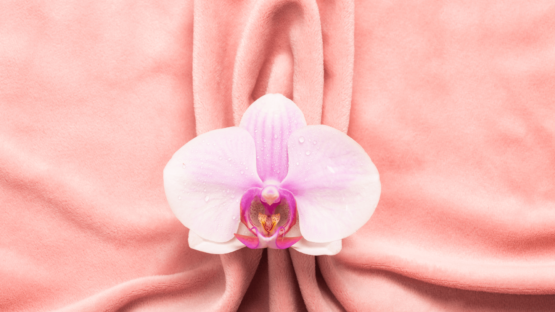- You have no items in your shopping cart
- Continue Shopping

Introduction: White discharge, also known as leukorrhea, is a common occurrence among women. While it’s normal to have some vaginal discharge, changes in color, consistency, or odor may indicate underlying issues. In this blog, we’ll delve into the various aspects of white discharge, including its causes, symptoms, and treatment options.
What is White Discharge? White discharge refers to the milky or clear fluid that comes from the vagina. It’s a natural way for the body to maintain cleanliness and moisture in the vaginal area. The amount and consistency of discharge can vary throughout the menstrual cycle, pregnancy, and with hormonal changes.
Causes of White Discharge:
- Normal Physiological Changes: Hormonal fluctuations during the menstrual cycle can cause changes in vaginal discharge. Increased estrogen levels before ovulation can lead to thicker, clear discharge, while progesterone dominance after ovulation may result in a thicker, white discharge.
- Infections: Certain infections, such as yeast infections (caused by Candida albicans) or bacterial vaginosis (caused by an imbalance in vaginal bacteria), can lead to abnormal white discharge accompanied by itching, irritation, or a foul odor.
- Sexually Transmitted Infections (STIs): STIs like chlamydia, gonorrhea, or trichomoniasis can cause changes in vaginal discharge, including white discharge with a strong odor or unusual color.
- Cervical Conditions: Conditions affecting the cervix, such as cervical polyps or cervical cancer, can sometimes cause white discharge as a symptom.
- Pregnancy: Increased vaginal discharge is common during pregnancy due to hormonal changes and increased blood flow to the pelvic area.
Symptoms of Abnormal White Discharge: While some degree of white discharge is normal, certain symptoms may indicate an underlying issue:
- Change in Color: White discharge that is yellow, green, or gray in color.
- Change in Consistency: Thick, clumpy discharge resembling cottage cheese (a common sign of a yeast infection).
- Odor: Foul-smelling discharge, which may indicate an infection.
- Itching or Irritation: Discomfort or itching in the vaginal area.
- Pain or Burning Sensation: Pain or burning during urination or sexual intercourse.
Treatment Options: The treatment for white discharge depends on the underlying cause:
- Antifungal Medications: For yeast infections, antifungal medications in the form of creams, suppositories, or oral tablets may be prescribed.
- Antibiotics: Bacterial infections like bacterial vaginosis or STIs may require antibiotics for treatment.
- Hormonal Therapy: Hormonal imbalances contributing to abnormal discharge may be addressed with hormonal therapy.
- Hygiene Practices: Maintaining good hygiene practices, such as wearing breathable cotton underwear, avoiding scented products in the genital area, and practicing safe sex, can help prevent infections.
- Regular Screening: Regular gynecological exams and screenings can help detect any underlying cervical issues or infections early on.
Conclusion: While white discharge is often a normal part of a woman’s reproductive health, changes in color, consistency, or odor may indicate an underlying issue that requires medical attention. It’s essential to pay attention to your body and seek medical advice if you experience any abnormal symptoms. By understanding the causes, symptoms, and treatment options for white discharge, you can take proactive steps to maintain your vaginal health and overall well-being.




